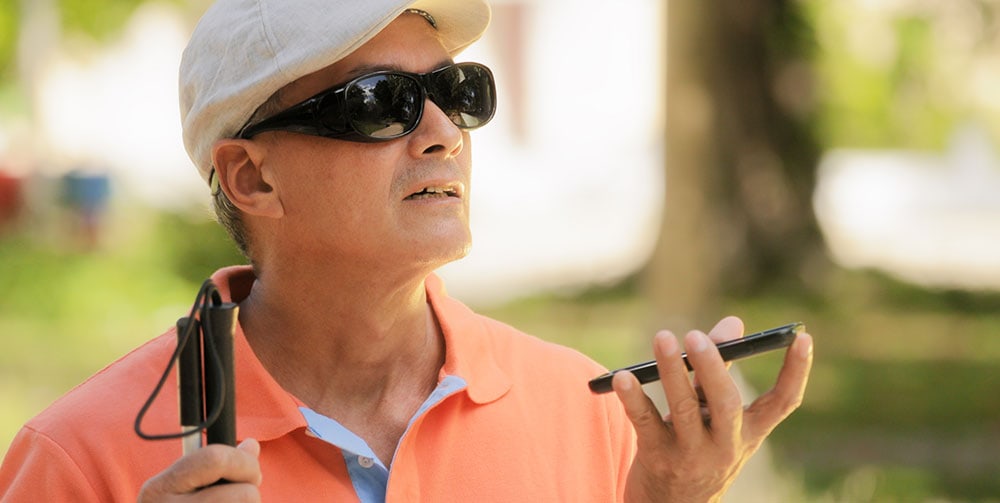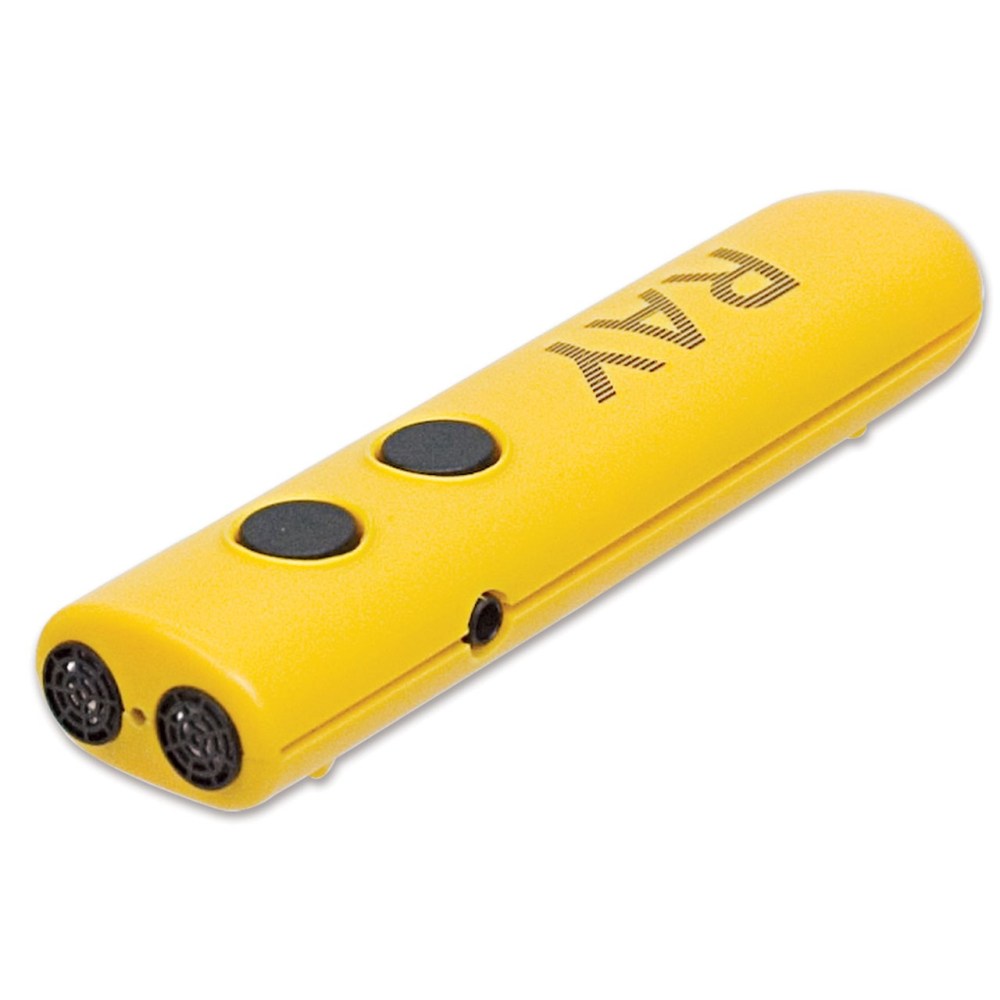Empowering Self-reliance With Assistive Technology for the Blind
The integration of assistive technology right into the lives of people with visual impairments represents a substantial innovation in promoting self-reliance and self-sufficiency. From ingenious screen readers to sophisticated wise canes, these devices not just boost daily navigation and communication yet additionally encourage users to involve meaningfully in numerous elements of life. As we explore the myriad advantages and real-world applications of these innovations, it comes to be vital to take a look at the underlying factors that add to their performance and the possibility for future developments in this vital field.
Overview of Assistive Modern Technology

The advancement of assistive technology is grounded in concepts of inclusivity and empowerment. Developments in software, hardware, and sensory enhancements provide individuals with options customized to their particular needs. From display readers that transform message to speech, to responsive devices that share information via touch, these tools change the method people engage with their environments.
In enhancement to functional applications, assistive innovation fosters higher social incorporation and involvement in different sectors, consisting of education and learning and work (Braille displays and notetakers). As r & d remain to advance, the potential for assistive technology to additionally improve the lives of aesthetically impaired people remains promising, leading the way for an extra equitable culture where every person can flourish
Kinds of Assistive Devices
A range of assistive tools have actually arised to support individuals with aesthetic problems, each developed to satisfy details needs and boost daily functioning. These devices range from low-tech options to high-tech developments, providing varied choices for users.
Low-tech gadgets consist of magnifiers and large-print materials that assist in analysis and writing. Braille tools, such as Braille slates and styluses, make it possible for tactile reading and communication. Orientation and movement aids, like white canes, aid users navigate their environment safely.
On the higher end of the range, digital magnifying systems and screen readers offer considerable support. Electronic magnifiers allow users to enlarge text and photos on screens, while display readers transform electronic material into synthesized speech, facilitating accessibility to details on mobile phones and computer systems.
Smart device applications additionally play an important function, providing features like text acknowledgment and navigating help. Wearable modern technology, such as smart glasses equipped with increased fact, is becoming an appealing tool to improve situational awareness.
Advantages of Assistive Innovation
The assimilation of assistive innovation dramatically improves the lifestyle for individuals with aesthetic disabilities. These modern technologies empower users by advertising independence, allowing them to navigate their environments better and execute day-to-day jobs with better convenience. Display readers and zoom software application allow people to accessibility electronic info, fostering instructional and professional chances that may have previously been out of reach.
Moreover, assistive tools such as clever walking canes and general practitioners applications supply real-time navigation assistance, enhancing flexibility and security. This boosted autonomy not just improves self-esteem yet additionally urges social involvement, allowing customers to participate more fully in their neighborhoods.
Assistive innovation likewise helps with communication, assisting users link with others through voice acknowledgment and text-to-speech applications. This ability is essential for preserving partnerships and accessing essential information.
Additionally, the modification alternatives available with many assistive innovations make certain that users can customize tools to their particular needs, better boosting use and effectiveness. On the whole, the advantages of assistive technology for people with visual impairments are extensive, advertising a more inclusive society where everyone can seek their desires and goals.
Situation Researches and Success Stories
Highlighting the transformative influence of assistive modern technology, many case research studies illustrate how individuals with visual problems have actually efficiently integrated these tools right into their daily lives. One compelling instance involves a college pupil who used display analysis software to browse academic materials and on-line resources efficiently. This technology not only promoted her education however additionally enhanced her self-confidence in taking part in conversations and group jobs.
One more johnny depp glasses study features a professional who employs a smart device application designed for navigation and things acknowledgment. By utilizing this app, he has actually regained freedom in both his personal and workplace, permitting him to commute individually and engage with colleagues more effectively.
In addition, a senior citizen shared her experience with braille e-readers, which allowed her to access a vast selection of literature and remain connected with her area with publication clubs.
These success stories highlight the critical role of assistive modern technology in fostering self-reliance, boosting high quality of life, and advertising social integration for people with visual disabilities (AI-powered visual aids). By accepting these innovative devices, customers can overcome obstacles and take possibilities that add to their expert and individual gratification

Future Patterns in Assistive Innovation
Innovation in assistive technology is positioned to redefine the landscape of assistance for people with aesthetic impairments. Arising patterns stress the integration of expert system (AI) and device understanding, which browse around these guys improve the performance of tools that aid with navigating and information availability. For circumstances, AI-driven applications are currently qualified of interpreting visual data in real-time, allowing customers to involve with their atmosphere a lot more independently.
In addition, the advancement of lightweight reading glasses wearable technology is advancing swiftly. Smart glasses equipped with augmented fact (AR) can give audio summaries of surroundings, transforming just how customers engage with public areas. These devices not just advertise autonomy but additionally foster social addition.
Additionally, the Net of Points (IoT) is making homes smarter, enabling for smooth connection between assistive tools and everyday home appliances. This connectivity encourages individuals by enabling automated feedbacks and voice-activated controls customized to individual demands.
Final Thought
To conclude, assistive technology plays a critical duty in equipping people with visual problems by boosting their self-reliance and interaction with their environments. The varied variety of applications and tools offered not just assists in navigation and communication yet likewise advertises social integration and chances for expert and personal growth. As advancements continue in this field, the potential for enhancing the top quality of life for those with aesthetic problems will broaden, cultivating better autonomy and empowerment.
